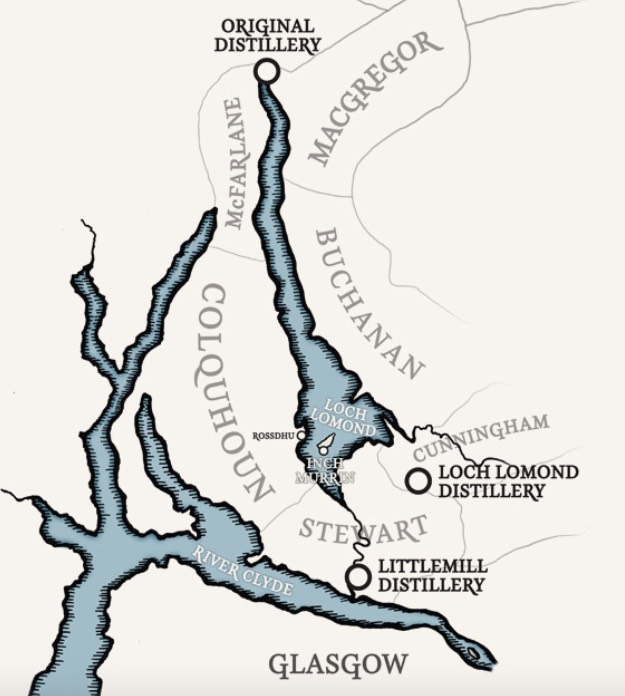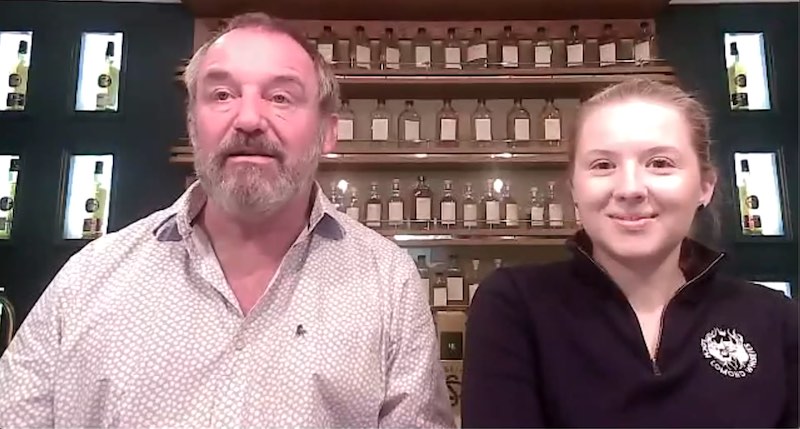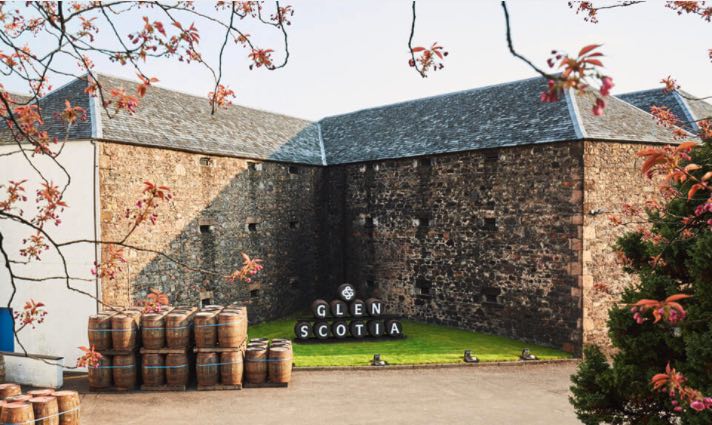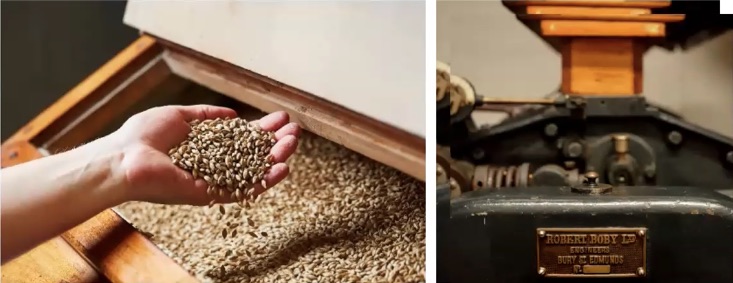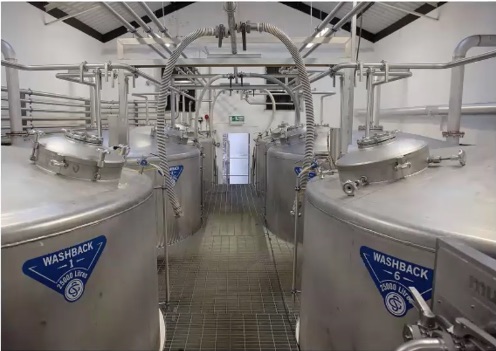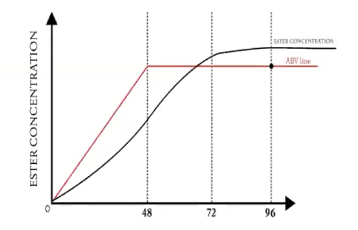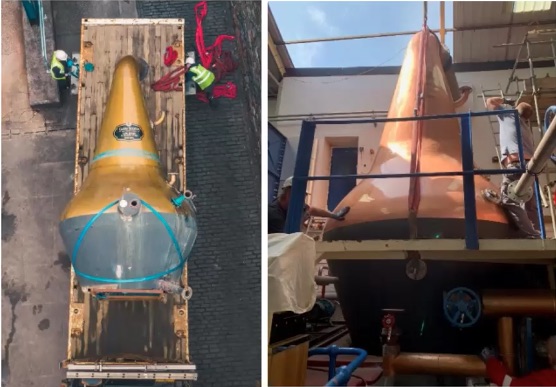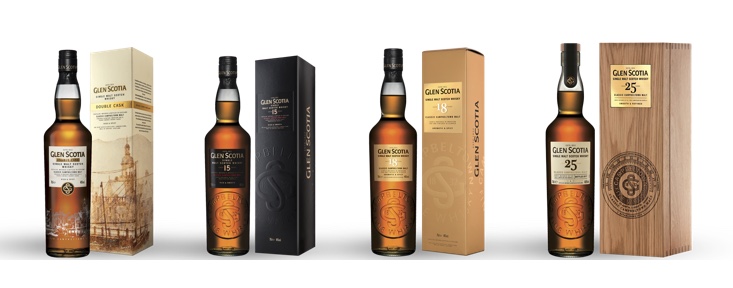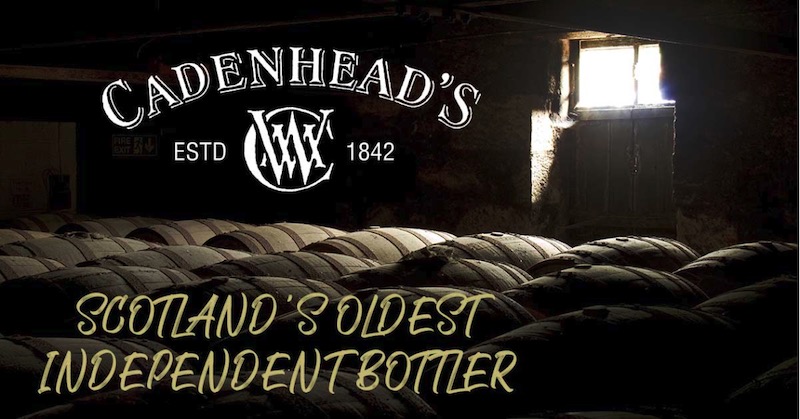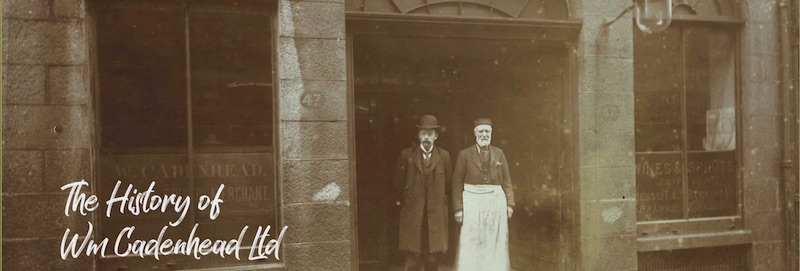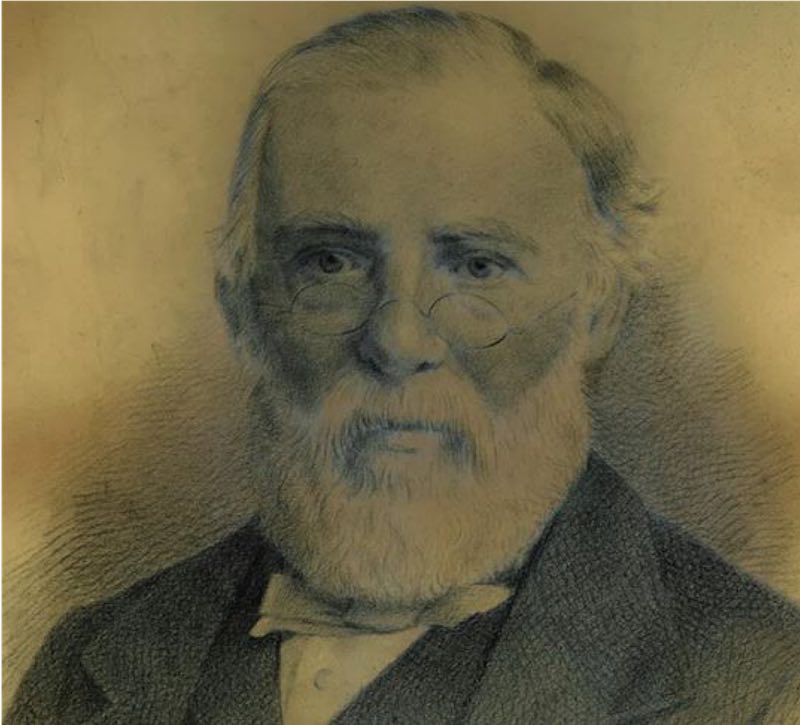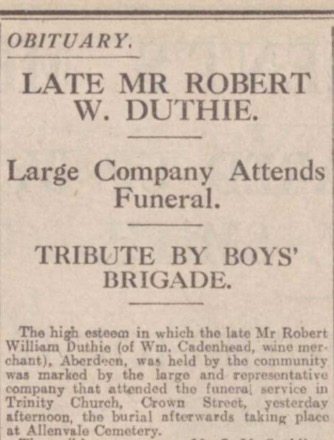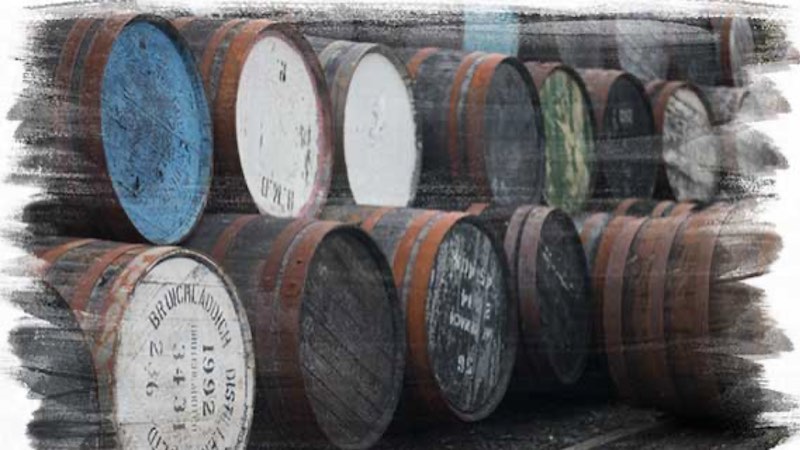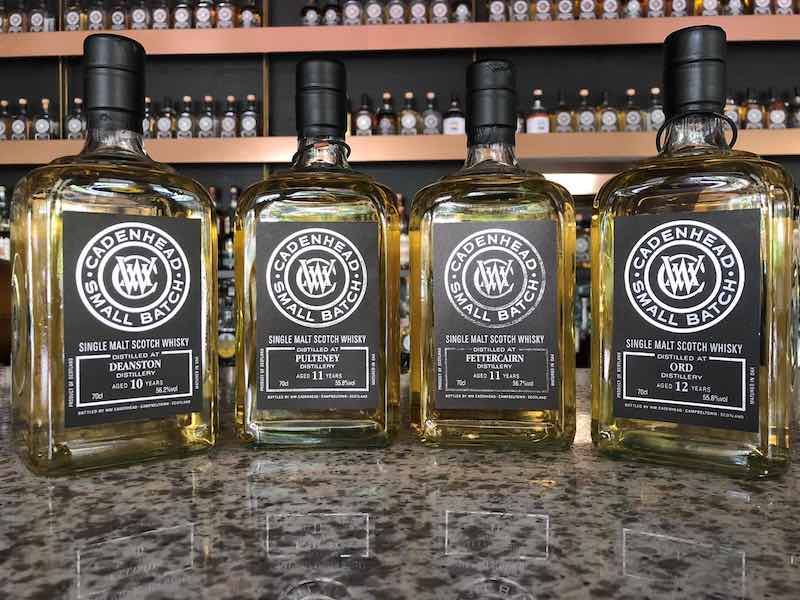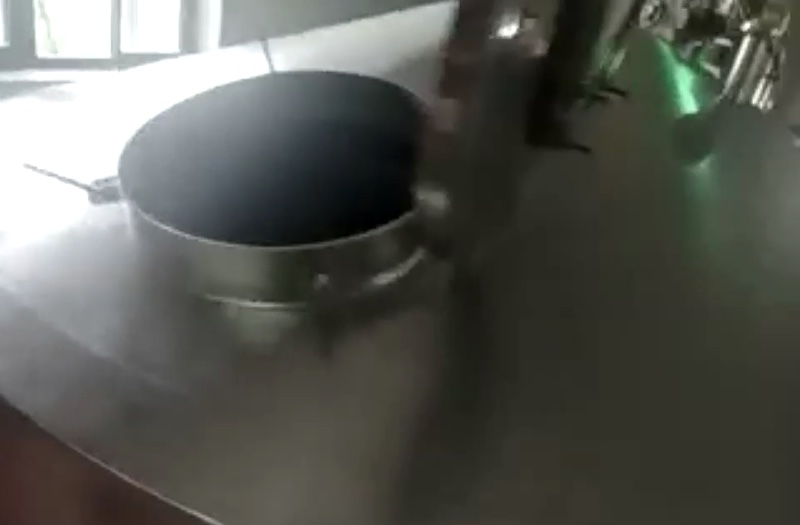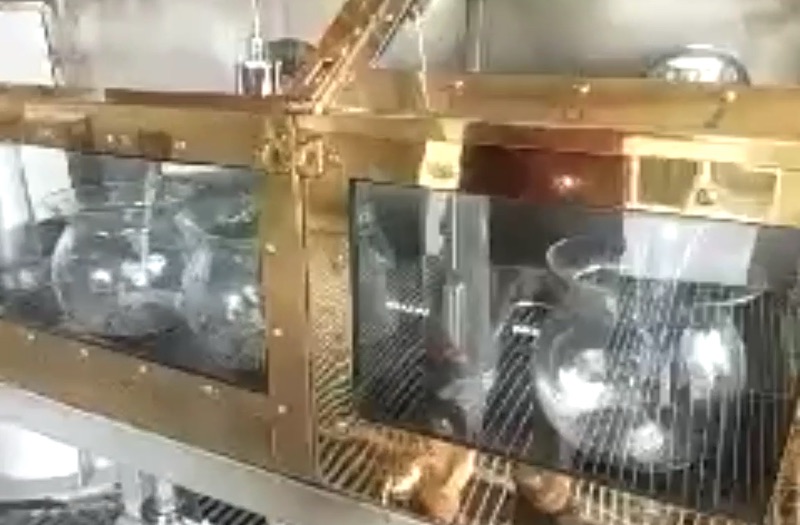The sun shines bright on Loch Lomond

Loch Lomond (Source)
Loch Lomond is the largest Scottish loch. It is a beautiful place with many exciting tourist attractions along the way. One could stop by the Loch to try and spot Nessie, followed by a lunch picnic if one is so inclined.
The team at WhiskyGeeks, however, was after the treasure to be found at Loch Lomond. The whiskies at Loch Lomond Distillery are not just one or two styles like many other distilleries. We attended an online tasting with the Master Distiller of Loch Lomond Group, Bill White and Whisky Blender, Ashley Smith to learn more.
The History of Loch Lomond
Before we dive into the whisky part, let us take a walk down memory lane to see how Loch Lomond and its distillery started.
If you are wondering why our title talks about the sun shining on Loch Lomond, it is a line from a traditional Scottish song “The Bonnie Banks o’ Loch Lomond”. Published in 1841 in Vocal Melodies of Scotland, the song referred to the Battle of Culloden Moor where the Scottish soldiers, led by Bonnie Prince Charlie, was unsuccessful in their attempt to overthrow the King of England, George II.
The song tells the story of two soldiers who were imprisoned at Carlisle Castle. One of them would die while the other would go free. According to Celtic legend, if a Celt dies in a foreign land, his spirit would travel back home via “the low road”, which is the road for the soul. In the song, the soldier to be executed sang, “O ye’ll tak’ the high road, and I’ll tak’ the low road”. The story is bittersweet, and you can learn more about the song from here.
The Loch Lomond Distillery
Loch Lomond distillery has its history seeped in the six Celtic clans that surround the loch. These clans include the Colquhoun, McFarlane, Galbraith, Macaulay, MacGregor, Menzies and Buchanan. The above map taken from the Loch Lomond distillery website showed how the clans surrounded the loch. We are not sure why or how Stewart and Cunningham come into the picture, though.
The Original Loch Lomond Distillery
If you looked at the map, you would see on the top, a mark named “Original Distillery”. This is the site where the first Loch Lomond distillery was built. The former Loch Lomond dated back to 1814, at the northern part of Loch Lomond near Tarbat. It is no longer there today, and nobody knew what happened or when it closed. Wikipedia said that it closed in 1817, but it is still unverified today.
The current Loch Lomond distillery opened in 1964. Built by the owners of the now-defunct Littlemill Distillery (the irony!), the distillery is now down south of Loch Lomond, in the village of Bowling. Malt production started in 1965 and continued to 1984 before the distillery was mothballed for three years. It restarted production after Glen Catrine Bonded Warehouse bought the business in 1987. The owners then began grain distillation in 1993 and added two new malt stills in 1999. In 2014, the private equity group Exponent bought the distillery. After five years, Chinese Hillhouse Capital bought over the Loch Lomond Group in June 2019.
Production at Loch Lomond Distillery
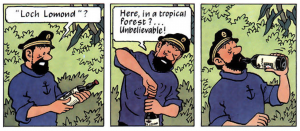
Source: Tintin Comics: Tintin and the Picaros.
Loch Lomond is a whisky for the everyday drinker and the geeks! No wonder Captain Haddock from the TinTin series loved it! With eight styles of single malt distillation, single grain and various kinds of yeast used, this sounds like a Japanese whisky distillery in the heart of Scotland. With so many variables, let’s shed some light to get our heads around Loch Lomond whisky
Barley and Fermentation
Many Japanese whisky distilleries play around with various yeast types and distillation styles, like those from Mars or Suntory; and in that regard, Loch Lomond does something similar. Despite that, Loch Lomond only uses Scottish barley. Other than unpeated barley, the distillery takes in peated barley at 25ppm and 50ppm. The barley is peated by a maltster, but the peat used originates from Carnoustie.
Many other distilleries have fermentation times of 48-50 hours as that is enough to maximise alcohol yield, as seen in the graph below. However, Loch Lomond takes a whopping 92 hours for its fermentation! This longer fermentation encourages esterification and adds fruitier flavours.
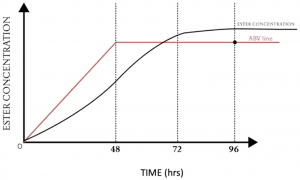
Graph of Ester Conc and abv over time. Source: Loch Lomond Slides
Distillation
There are eight styles of single malt distillation and two styles of single grain. I know this is a lot to take in, but it is all summarised in the picture below from Loch Lomond’s twitter.
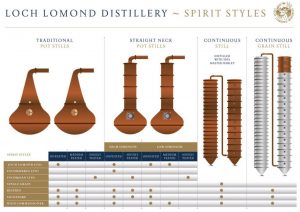
Loch Lomond Spirit Styles. Source: https://twitter.com/LochLomondMalts/status/1115922419271729152
The straight-neck stills are a bit confusing. The High Strength refers to the higher average strength of distillate due to the increased reflux from a cooling ring (see: partial condenser), and Low Strength refers to the lower average strength of distillate when the cooling ring is not used. With the added reflux for their High Strength distillation, the stillmen increases the heating of the straight neck pot still to keep the distillate flow rate, and hence the duration of distillation, constant.
Now let’s talk drams! 😀 (Note: I will be giving my commentary rather than just tasting notes)
Single Grain
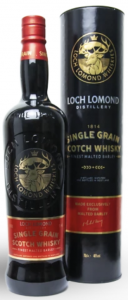
Single Grain. Photo Credits: whiskystore.com.sg
Unlike almost all other scotch single grains, the mash bill is comprised of 100% Malted Barley. The spirit runs off a continuous still at 85% rather than 94%, which means that more cogeners will be present in the spirit, giving more body and flavour than almost all other Scottish single grains.
Inchmurrin 12yo
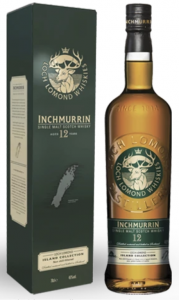
Inchmurrin 12yo. Photo Credits: whiskystore.com.sg
Entirely from Straight Neck Stills with reflux, this unpeated Whisky is very fruity. In my opinion, I found it to be especially orange-y. There will also be a Single Cask 10yo released exclusively for Whisky Journey 2020!
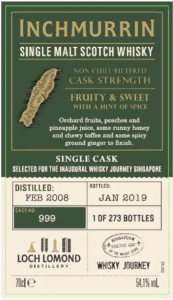
Sneak Peak of Inchmurrin Single Cask. Photo Credits: Loch Lomond and Whisky Journey
Loch Lomond 12yo
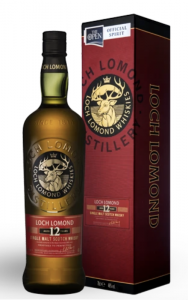
Loch Lomond 12yo. Photo Credits: whiskystore.com.sg
As seen in the helpful photo summary, Loch Lomond 12 Official Bottling is a blend of unpeated and medium peated Whisky. According to Ashley Smith, whisky blender at Loch Lomond, about 15% of this bottling is medium peated Whisky! This recipe gives this single malt a wonderfully complex blend of fruitiness and peat.
Loch Lomond 18yo
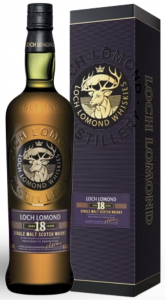
Loch Lomond 18yo. Photo Credits: whiskystore.com.sg
This OB is a rather dignified 18yo single malt! Although the fruitiness and peat were not as prominent as the 12yo, the musky and waxy notes take the lead. If you enjoy the waxy notes in Clynelish, you will enjoy this too!
Inchmoan
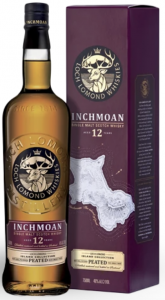
Inchmoan 12yo. Photo Credits: whiskystore.com.sg
As mentioned in the summarised table of spirit styles, Inchmoan is a blend of 50ppm distillates from both the swan-neck pot still and the straight-neck pot still. Despite that, the dram was a lot more balanced than expected, with fruity notes along with loud notes of minerality, earthiness and smoke!
Miscellaneous Nomenclature
Other than the names you would see in the core range, you may see other names pop up in old bottlings or independent bottlings like Glen Douglas, Old Rhosdhu, Craiglodge, Croftengea and Inchfad. The first two of those names being unpeated, and the last 3 being peated variants.
Inchfad and Croftengea are heavily peated (50ppm), while Craiglodge is lightly peated (25ppm). The ‘Old Rhosdhu’ name used to refer to a style of single malt distilled at Loch Lomond up to the year 2000. Today Rhosdhu is used internally to refer to the single grain distilled from 100% malted barley.
Where to find Loch Lomond Whiskies

The WhiskyStore is the official distributor of the Loch Lomond whiskies. You can check out their online store to see the expression on sale!
The Bonnie Banks o’ Loch Lomond
If you are thinking of visiting once the pandemic tones down, do remember that the distillery does not accept visitors. You will have to try and contact them via email to check if you can visit. Otherwise, take a trip down to Loch Lomond and enjoy the beauty of the place.
Like what you have just read?

